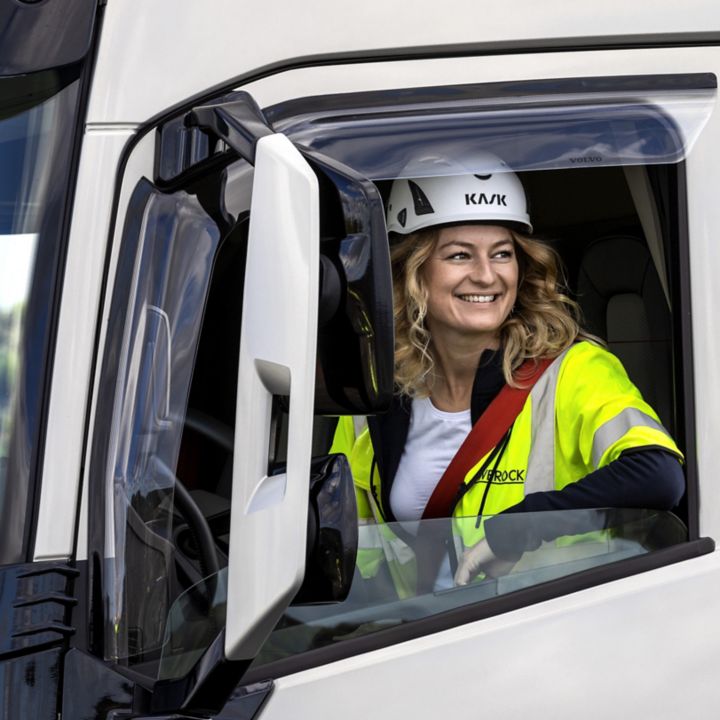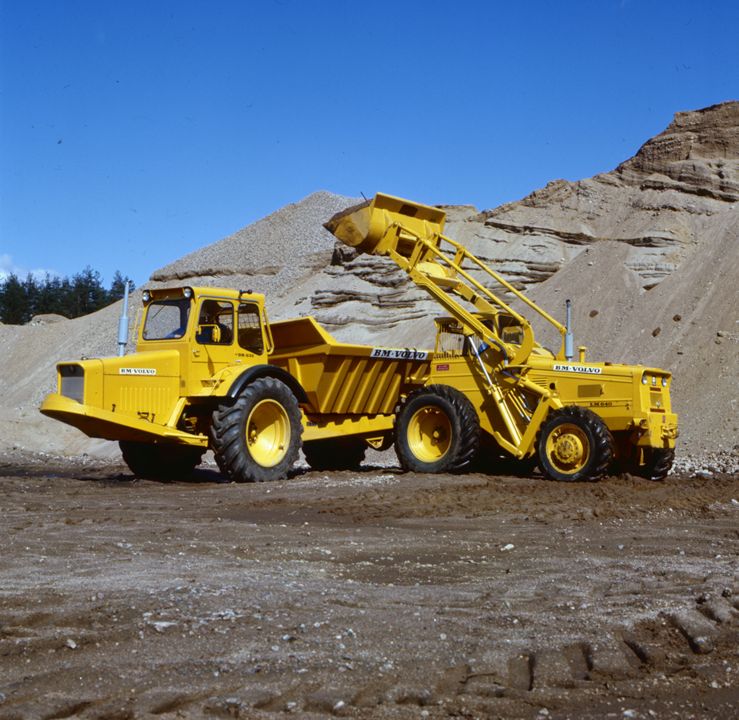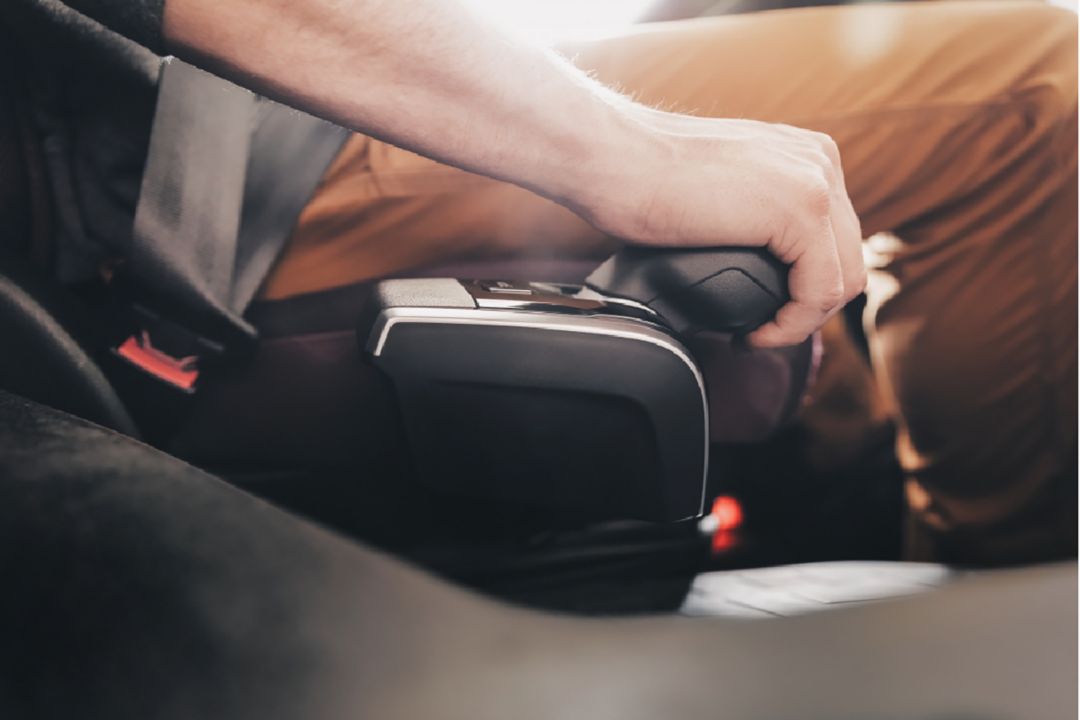Connecting the dots to make transport smarter
The year was 1993. Computers were huge, mobile phones were rare, and the world’s first web browser had just seen the light of day. The connected society was in its infancy. But at Volvo, people were already starting to explore how connectivity could create more efficient transport flows – addressing the problem of billions of “empty miles” traveled by unladen trucks every year.
At a transport depot in the middle part of Sweden, the CEO of the haulier Olssons was looking curiously at a map on his computer screen. The screen showed where his trucks were located, their load, where they were heading, and when the client expected the delivery.
Claes-Göran Olsson, CEO of Olssons Åkeri, was the first customer that used the predecessor to the now widely adopted Dynafleet system. “This innovation was an outright necessity for working with precise deliveries,” Claes-Göran said, after a period of evaluation.
In 1995, at the Brussels Auto Salon, the Dynafleet system was presented to the world. Since then it has helped customers across the globe to get quality data for analyzing and planning ahead, improving fill rates, and reducing fuel costs.
Volvo’s overarching mission isn’t about making the best products, but to drive prosperity through transport and infrastructure solutions. Dynafleet is just one example of how Volvo excels in not only building vehicles and equipment – but also creating the tools and systems which enable people to use them most effectively and sustainably.
The Volvo Bus Rapid Transit (BRT) system is another example of how Volvo helps cities create smart infrastructure solutions with dedicated bus lanes and smart stations. Smoovit is yet another example of a project that aimed to cut the number of large goods transports to the inner-city area by 40 precent, by connecting multiple stakeholders.
The Volvo way of thinking in systems continues to lower costs, save fuel, and improve decision-making. In the future, the very concept of ownership may even change to further improve efficiency. Models like Transport as a Service, where customers own access to vehicles and can use them on demand, rather than owning the vehicles themselves, could become standard – potentially reducing those empty miles even more.
Download the original Swedish-language Dynafleet product factsheet.
Format PDF Size 5 MB







